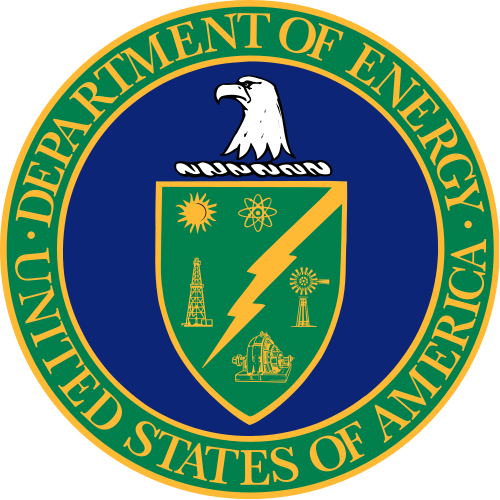In 1974 the Energy Reorganization Act broke up the Atomic Energy Commission and established the Energy Research and Development Administration to promote civilian nuclear power and to oversee civilian nuclear research, nuclear weapons development and naval reactor program. The ERDA was combined with the Federal Energy Administration in 1977 to create the U.S. Department of Energy (DOE). The DOE has a number of departments that deal with nuclear materials, research and weapons development.
The Office of Civilian Radioactive Waste Management (OCRWM) was established in 1982 to be responsible for the disposal of radioactive waste in the United States. From the World War Manhattan Project to the end of the Cold War in 1991, huge amounts of nuclear waste were generated as civilian nuclear power spread and a massive nuclear weapons stockpile was created in the US. With the creation of the DOE in 1977, the OCRWM was created to deal with the problem of permanent disposal. Since the early 1980, the OCRWM has dedicated most of its efforts to the creation of a nuclear waste depository at Yucca Mountain in southern Nevada. By 2005, over fifty thousand metric tons of spent nuclear fuel from civilian reactors had accumulated. Military nuclear waste was estimated to eventually comprise over twenty thousand canisters of solid waste. In 2005 it was discovered that some of the research on possible water infiltration of the Yucca Mountain Repository had be falsified in the 1990s to minimize concerns. The OCRWM is also responsible for the transport of nuclear waste from existing sites to the Repository.
The Office of Legacy Management was created in 2003 to deal with radioactive and chemical contamination at over 100 sites across the U.S. Many of these sites were once used to develop, build and test nuclear weapons but have been shut down. The contamination exists in water, soil, landfills and in the buildings of the closed facilities. Because of the long half lives of radioactive isotopes used in nuclear weapons, the OLM will have to secure and decontaminate those sites for generations.
The Office of Nuclear Energy was established to "promote nuclear power as a resource capable of meeting the Nation's energy, environmental and national security needs by resolving technical and regulatory barriers through research, development and demonstration." Some of its programs include working to improve reactor design and performance, managing research facilities, working on waste and proliferation issues, insuring adequate supplies of fuel for world nuclear reactors, trying to extend the lifespan of existing reactors and working on nuclear batteries for space and national security applications.
The National Nuclear Security Administration (NNSA) was created in 2000 to manage and secure U.S. nuclear weapons, work against nuclear proliferation and develop naval nuclear reactors. It was also tasked with responding to nuclear and radiological emergencies in the U.S. The NNSA provides safe and secure transportation for nuclear weapons, nuclear weapon components and special nuclear materials.
